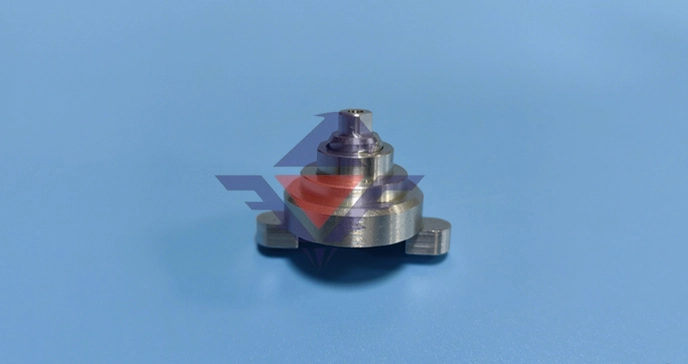Precision Swiss Screw Machining for Complex Components

,文章长度在1000字左右
# Precision Swiss Screw Machining for Complex Components
## The Evolution of Swiss Screw Machining
Swiss screw machining has come a long way since its origins in the Swiss watchmaking industry during the late 19th century. What began as a solution for producing tiny, intricate watch components has evolved into one of the most precise and efficient manufacturing processes for complex parts across multiple industries.
The fundamental principle of Swiss machining remains the same: a sliding headstock that moves the workpiece while the cutting tools remain stationary. This unique approach provides exceptional stability and precision, especially when working with long, slender parts that would typically deflect during conventional machining processes.
## Why Choose Swiss Screw Machining?
Modern Swiss screw machining offers numerous advantages that make it ideal for producing complex components:
– Exceptional precision with tolerances as tight as ±0.0001 inches
– Ability to machine complex geometries in a single setup
– Superior surface finishes that often eliminate secondary operations
– Efficient production of small, intricate parts with high repeatability
– Reduced material waste compared to conventional machining
These capabilities make Swiss machining particularly valuable for industries where precision and reliability are paramount, such as medical devices, aerospace, and electronics.
## Key Applications Across Industries
### Medical Device Manufacturing
The medical industry relies heavily on Swiss screw machining for producing critical components like:
Keyword: Swiss Screw Machining
– Surgical instruments
– Implantable devices
– Dental components
– Microfluidic devices
The ability to work with biocompatible materials like titanium and stainless steel while maintaining ultra-tight tolerances makes Swiss machining indispensable in this field.
### Aerospace Components
Aerospace applications demand components that can withstand extreme conditions while maintaining precise functionality. Swiss machining produces:
– Fuel system components
– Sensor housings
– Actuator parts
– Fasteners and fittings
The process excels at machining high-strength alloys and exotic materials commonly used in aerospace applications.
### Electronics and Microtechnology
As electronic devices continue to shrink, Swiss machining provides the precision needed for:
– Connector pins
– Micro-optics components
– Miniature gears and shafts
– RF components
The process can machine features as small as 0.001 inches, making it perfect for micro-scale components.
## The Swiss Machining Process Explained
Understanding the Swiss machining process helps appreciate its precision capabilities:
### 1. Material Feeding
Bar stock is fed through a guide bushing, which provides support very close to the cutting area. This minimizes deflection and vibration, even with long, slender workpieces.
### 2. Tool Configuration
Swiss machines typically have multiple tool stations that can operate simultaneously. This allows for complex operations to be completed in a single pass, reducing cycle times and improving accuracy.
### 3. Sliding Headstock
The unique sliding headstock moves the workpiece past stationary tools with extreme precision. This contrasts with conventional lathes where the tool moves relative to a stationary workpiece.
### 4. Live Tooling Options
Many modern Swiss machines incorporate live tooling (rotating tools) that enable milling, drilling, and other secondary operations without removing the part from the machine.
## Material Capabilities
Swiss screw machines can work with an extensive range of materials, including:
Metals | Plastics | Other Materials
Stainless steel | PEEK | Ceramics
Titanium | Delrin | Composites
Aluminum | PTFE | Precious metals
Brass | Nylon | Exotic alloys
Copper | Polycarbonate
This versatility allows manufacturers to select the ideal material for each application while maintaining precision machining capabilities.
## Advancements in Swiss Machining Technology
Recent technological advancements have further enhanced Swiss machining capabilities:
### CNC Integration
Modern CNC controls have transformed Swiss machining, enabling:
– More complex part geometries
– Faster setup times
– Improved process monitoring
– Better quality control
### Multi-Axis Capabilities
Advanced Swiss machines now offer up to 13 axes of motion